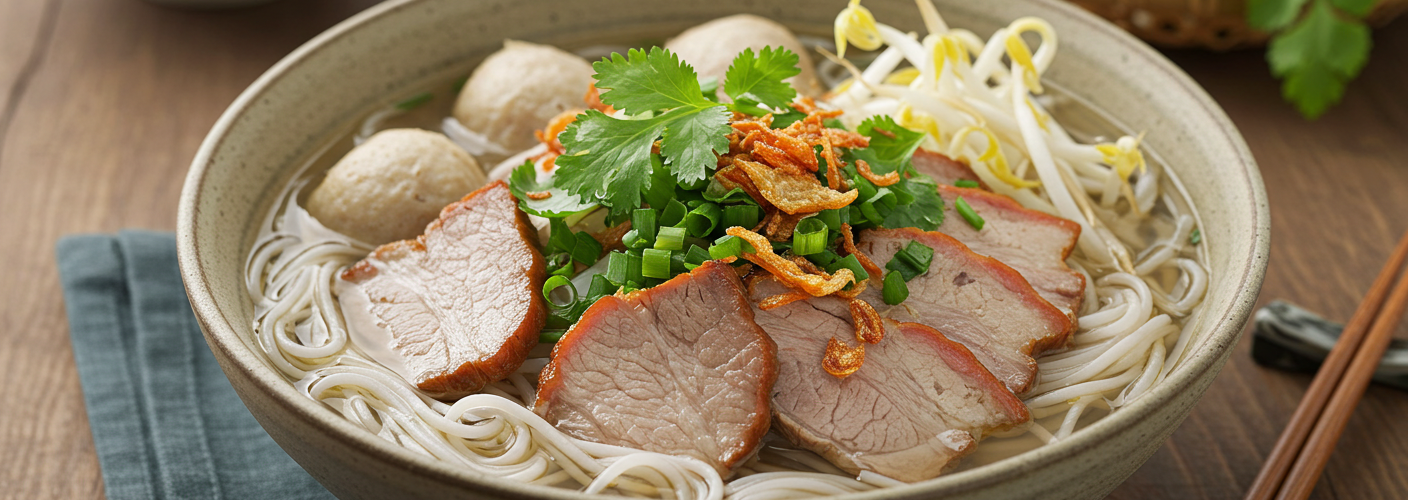When it comes to Vietnamese cuisine, few dishes capture the culture and flavor of the country quite like Hu Tieu. This beloved dish, mainly known for its comforting rice noodles steeped in rich pork stock, has captured the hearts and appetites of many around the globe. With a history that reflects the diverse culinary influences within Vietnam, Hu Tieu is more than just a meal; it’s a cultural staple that brings people together.
At its core, Hu Tieu comprises rice noodles, also known as bánh phở or mì, which are served in a savory, clear pork broth. What sets Hu Tieu apart is the unique combination of textures and flavors achieved through its toppings and accompaniments. Typically, a bowl of Hu Tieu features an array of garnishes that may include various cuts of pork, shrimp, and sometimes even squid or other seafood. Each ingredient adds a distinct layer of flavor, contributing to the soup’s complexity.
One of the most fascinating aspects of Hu Tieu is its regional variations. Originating from the Mekong Delta, Hu Tieu has evolved into different styles depending on the locality. For example, in Southern Vietnam, you might find a sweeter broth enhanced by a hint of soy sauce, while the Central regions offer a spicier and more tangy version. This diversity in preparation speaks to the cultural richness of Vietnam, showcasing the various ingredients and cooking methods available.
The experience of enjoying Hu Tieu extends beyond its taste. Traditionally, the dish is served with fresh herbs, lime, and chili on the side, allowing diners to customize their bowl to their liking. The vibrant herbs, such as basil and mint, along with the crispy bean sprouts, provide a refreshing contrast to the warmth of the broth and the comforting chewiness of the noodles. Each bite offers a dynamic experience, as diners mix the ingredients, allowing the flavors to meld beautifully.
Preparation of Hu Tieu is not just an art; it’s a labor of love. The broth is typically simmered for hours, allowing the flavors from the pork bones and spices to develop fully. Some recipes even incorporate a blend of meats, such as pork belly, shoulder, and even offal, showcasing the full range of the pig’s flavor potential. The resulting broth is a fragrant and savory base that serves as the heart of the dish.
Eating Hu Tieu also holds cultural significance. It’s commonly enjoyed at breakfast but can be found throughout the day, with street vendors and small eateries serving it up fresh and hot. The social aspect of sharing a bowl of Hu Tieu with friends or family emphasizes collaboration and community, as it invites people to come together, share stories, and relish a delicious meal.
In conclusion, Hu Tieu is much more than just rice noodles in pork stock; it is a dish that embodies the spirit of Vietnamese cooking and culture. Its unique flavors, regional variations, and community-oriented dining experience create a truly remarkable culinary journey. Whether you’re enjoying a bowl in a bustling street stall in Vietnam or trying your hand at making it at home, Hu Tieu offers a delightful glimpse into a nation’s culinary heritage, promising warm memories and satisfying moments in every slurp.




Add comment